Interview with Janet Troy, Executive Director, Ashland Community Health Foundation, conducted by Vicki Purslow, Capiche Research Analyst and Co-founder of Majoring In.
Founded in 1977, the Foundation was established to provide a way for community members to support the work of Ashland Community Hospital. Over the past 46 years, the generosity of its donors has had an incredible impact on the variety and quality of health care services available in the community.
In 2021, the Ashland Community Health Foundation’s board of directors approved the expansion of its mission. Now, the Foundation supports community health and wellness initiatives in Ashland, Talent, and Phoenix.
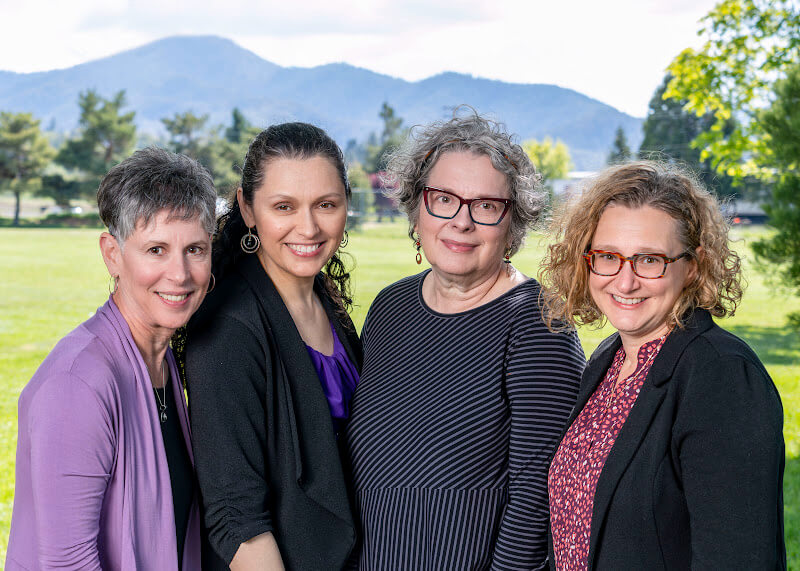
ACHF Team: Kathleen Mackris, Nicole Gutrich, Janet Troy, Stephanie Roland
Q: Between 1977 and 2021, the Foundation supported some innovative projects and programs at the Ashland Community Hospital. What are some of the projects that stand out most in your memory?
Janet: Through the generosity of our family of donors, we were able to touch every corner of the hospital. We were very involved in the renovation of the Emergency Department and the Family Birth Center, as well as the creation of the Chapel and Comfort Care Room. Our funding of equipment purchases allowed the hospital to have the state-of-the-art technology it needed to best serve our community. Our Foundation has supported the School Nurse Program for decades, ensuring that nurses are available when students need their care and support.
Q: I know your team was excited when the Foundation’s board of directors approved the expansion of its mission. Working with consultant Cynthia Scherr, of Scherr Management Consulting, you created a new strategic plan. What are some of the highlights of the new strategy?
Janet: Our new strategic plan guided our transition from a traditional hospital foundation to a community foundation focused on supporting health and wellness needs in Ashland, Talent, and Phoenix. One of the most significant changes made as a result of our expanded mission has been an increased focus on our grantmaking and scholarship programs. We are now awarding grants to a more diverse group of local non-profits committed to building healthier communities. We have also broadened our scholarship program to support both nursing and allied health students interested in careers in the Rogue Valley. At the same time, we have the ability to offer our donors additional opportunities to make a meaningful impact in the community through their contributions to the foundation.
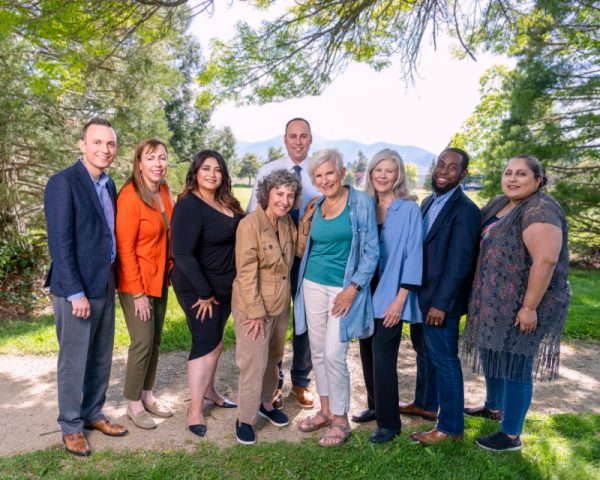
ACHF Board of Directors
Q: Wow – that really broadens the focus of the Foundation! How wonderful to be able to reach further into the communities of Ashland, Talent, and Phoenix to help support community-based projects! What are some of the projects that you have funded?
Janet: We focus our grantmaking on projects that create or expand health and wellness services in Ashland, Talent, and Phoenix. We tend to define health and wellness broadly, so we fund a wider range of projects designed to promote health in many settings. We value collaboration and partnerships and most of the projects we have supported involve organizations working together to create solutions. Our first round of community grants in 2022 supported La Clinica, Mercy Flights, OHRA, Rogue Valley Farm to School, Rogue Valley Mentoring, Talent Maker City, and the United Way of Jackson County.
Q: So far in 2023, ACHF has granted close to $510,000 to support health and wellness initiatives and scholarships. Please tell me more about the projects and programs you funded.
Janet: This year, we awarded grants totaling $258,000 to 11 nonprofit organizations through our community grant process. These organizations are involved in innovative partnerships that provide medical and behavioral health services, promote prevention and inclusion, support nutrition and early literacy, and more. Addressing the shortage of health care professionals is an important goal of our Foundation, and our scholarship program continues to grow each year. We have awarded almost $192,000 to 43 local students attending nursing and allied health programs through September this year. We also continue to grant funds to Asante Ashland Community Hospital and have awarded more than $60,000 to support their school nurses and lab and engineering departments.
Q: Your nursing scholarships have been a hallmark of the Foundation for years and remain central to your mission. Tell me more about your nursing scholarship program.
Janet: The William G. and Ruth T. Evans Endowed Nursing Scholarship was established in 2002 by Ruth Evans. Mrs. Evans was a retired nurse and her husband, Bill, was a retired family physician. The scholarship was created to honor Bill after his death and help address the nursing shortage in the Rogue Valley. Since its creation, more than $1.2 million in scholarships have been awarded to over 300 local students attending nursing programs at OHSU Ashland Campus at SOU and RCC.
Q: Although the Foundation continues to support its original mission, it makes sense that an expanded strategic focus would lead to renaming the Foundation and creating a new brand. You hired Capiche Consulting to help guide you through this process and continued to work with Chris Cook, Capiche’s principal, during its implementation. Who was involved with the rebranding, and what did it consist of?
Janet: The decision to expand our mission led to our consideration of a new look and feel for our Foundation, in addition to the introduction of a new name that is a better representation of who we are today. It was not a decision that our board of directors and staff arrived at easily but we are pleased with the changes we made as we embarked on this new journey. The process that Chris guided us through was thoughtful and strategic. We learned so much about the importance of creating a brand that reflected our new identity and the pieces that are part of the brand puzzle. Developing our positioning statement, brand promise, key messaging, and more was very educational and insightful.

Photo by Ruby Slipper
Q: What was the next step after landing on the brand messaging tool?
Janet: There is more involved in the development of a new brand than I ever imagined. It required us to take a fresh look at our website, newsletter, signage, and even our stationery. We debated about colors, fonts, and a new logo. It was a fascinating process, and I’m very happy with the outcome.
Q: You continued to work with Chris after developing your new brand. What else did Chris help you with during that time?
Janet: Chris was very helpful in teaching us how to spread the word about our work. Initially, she helped us develop a communication plan and assisted us by writing newsletter articles and press releases. She helped us develop a media strategy and contacts so we could share our story in the most effective way. Most importantly, she gave us the tools we needed to manage this activity independently. For me, that is one of the best gifts a consultant can give an organization.

Janet Troy
Q: Looking back, what was the value in working with Capiche to complete your name change and rebranding?
Janet: We are well-versed in the field of philanthropy but not experts in brand development. Chris shared her expertise at a time when we were preparing to embrace an exciting new strategic direction that would shape our future for years to come. Her knowledge and professionalism were a real plus as we navigated unknown territory.
Q: How can people interested in community health partner with the Foundation?
Janet: There are so many ways that interested individuals and businesses can partner with us to build a healthier community. Our Patrons Campaign and Lights for Life are long-standing community traditions for giving. We accept gifts of all sizes and shapes, including donations of stock and vehicles. Some of our supporters prefer to give once or twice a year, while others prefer to set up monthly donations. Many community members have also included us in their estate plans. We now offer donors new ways to start their own named funds or endowments, and our expanded mission provides more opportunities to make a difference in our community. I encourage folks to visit our website (achfoundation.org) or contact our office (541-482-0367) to learn more about work.
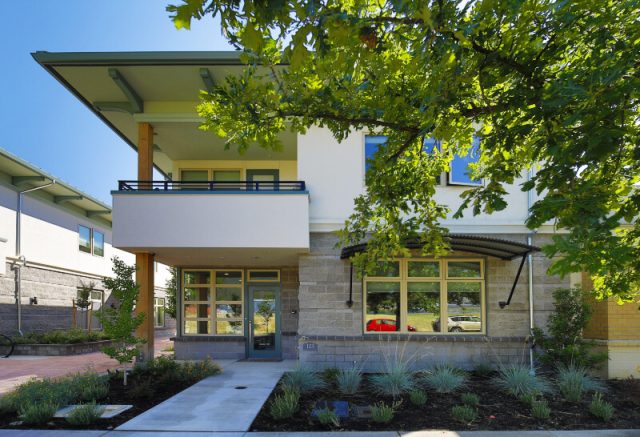
ACHF Office
- Rebranding/Name Change
- Brand Toolkit Development (Key Messages, Graphic Standards, and Style Guide)
- Liaison with Graphic Designer and Web Developer
- Marketing Communication Strategy
- Media Relations, PR, and Newsletter Writing
- Team Training




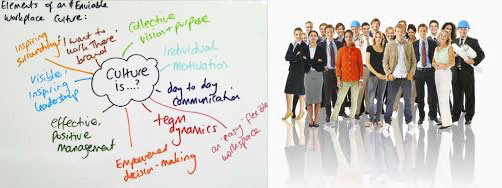
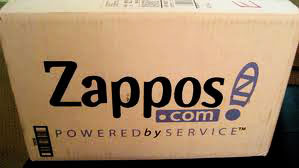 You will also be asking all your constituents to weigh in on what defines your company DNA. This means clients, subcontractors, other design team members, and influencers. Asking and listening to your constituents (and employees) is a natural way to build trust and take your relationship to the next level. This is marketing and management brilliance.
You will also be asking all your constituents to weigh in on what defines your company DNA. This means clients, subcontractors, other design team members, and influencers. Asking and listening to your constituents (and employees) is a natural way to build trust and take your relationship to the next level. This is marketing and management brilliance.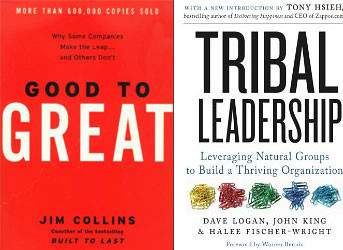 The realization that happy workers drive business success is sweeping the world, and the research keeps growing. Researchers at
The realization that happy workers drive business success is sweeping the world, and the research keeps growing. Researchers at 


